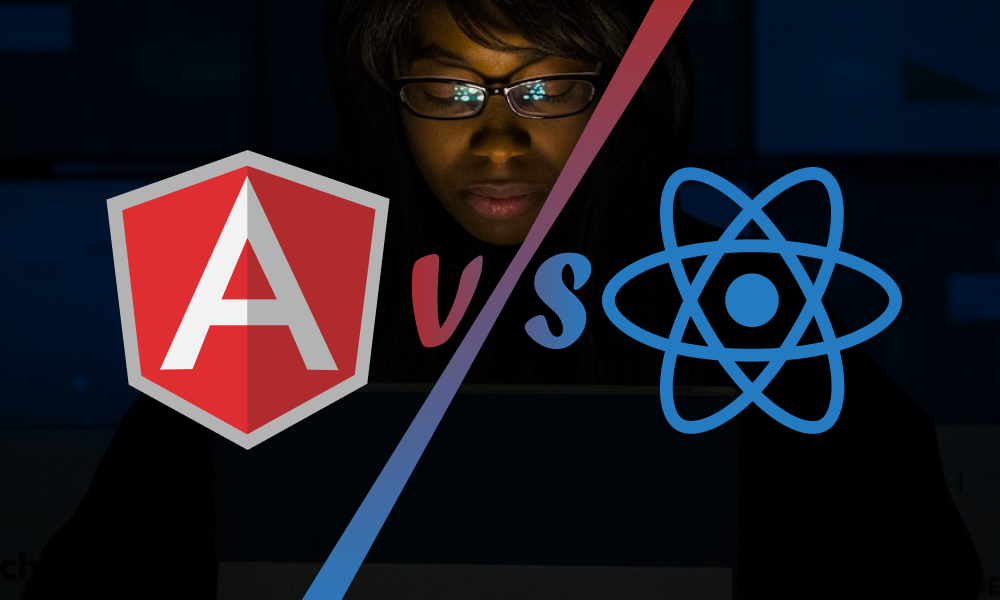1. Introduction to SaaS Data Protection
The rise of SaaS platforms has revolutionized the way companies store, process, and access data. With SaaS, businesses no longer need to maintain complex on-premises infrastructure, as cloud-based services provide seamless access to data from anywhere. However, the shift to cloud computing has introduced new challenges in safeguarding sensitive data.
SaaS data protection refers to the measures and strategies that organizations must implement to secure their data within cloud-based applications. These solutions are designed to prevent unauthorized access, ensure data privacy, and comply with regulatory requirements. The importance of SaaS data protection cannot be overstated, as the consequences of a breach or data leak can lead to financial loss, reputational damage, and legal penalties.
In 2024, businesses are facing increasingly sophisticated cyber threats. According to a recent report, the average cost of a data breach in the U.S. is around $4.45 million, underscoring the need for robust SaaS data protection strategies.
2. Challenges in SaaS Data Security
Securing SaaS environments presents unique challenges compared to traditional IT systems. Organizations must address several key issues, including data ownership, compliance, and an evolving threat landscape. Let’s break down the top challenges that businesses encounter when implementing SaaS data security.
Data Breaches and Security Vulnerabilities
One of the primary concerns surrounding SaaS platforms is the potential for data breaches. SaaS applications are typically hosted by third-party providers, which means that the responsibility for securing data is shared between the customer and the provider. The “shared responsibility model” divides security tasks, but understanding who is responsible for what can be confusing.
Many SaaS platforms, including popular tools like Salesforce and Microsoft 365, offer a variety of security features. However, it is up to the customer to configure these settings appropriately. Misconfigurations, such as leaving data unencrypted or allowing weak passwords, can expose sensitive information to hackers.
Data Ownership and Control
Another challenge is determining data ownership and control in a SaaS environment. When using SaaS, data is stored in the cloud provider’s infrastructure, leading to concerns over who ultimately owns the data. Organizations must ensure that they retain control over their data, especially if they decide to switch providers or terminate the service.
There’s also the issue of vendor lock-in, where a SaaS provider may limit the ability to migrate data elsewhere easily. Businesses must clarify data ownership and the process for data retrieval in their contracts with SaaS vendors.
Compliance with Regulatory Frameworks
The proliferation of data privacy laws like the General Data Protection Regulation (GDPR) and the California Consumer Privacy Act (CCPA) has placed additional pressure on businesses to protect consumer data. Failing to comply with these regulations can result in hefty fines and legal repercussions.
SaaS vendors may store data in various locations, including servers in different countries, creating additional concerns about compliance with local regulations. Organizations must ensure that their SaaS providers adhere to all relevant laws and offer compliance guarantees.
3. Key Elements of SaaS Data Protection
SaaS data protection encompasses various tools, techniques, and processes. Here are the key elements that every organization should focus on:
Encryption at Rest and in Transit
Encryption is one of the most important strategies for securing data in SaaS environments. Data encryption ensures that even if unauthorized individuals gain access to your data, they cannot read or exploit it. In SaaS applications, encryption should be applied both at rest (when data is stored) and in transit (when data is transmitted over the internet).
Advanced encryption standards, such as AES-256, are typically recommended for protecting sensitive data. Organizations should also verify whether their SaaS provider uses strong encryption protocols for all data exchanges.
Access Controls and Identity Management
Access control ensures that only authorized personnel can access specific data within the SaaS application. Identity and Access Management (IAM) solutions, such as Multi-Factor Authentication (MFA), are critical for preventing unauthorized access to sensitive data.
Role-based access control (RBAC) is another strategy used to restrict access based on the user’s role within the organization. This approach ensures that employees only have access to the data they need to perform their jobs.
Backup and Disaster Recovery
Data loss can occur due to human error, cyberattacks, or hardware failures. A robust backup and disaster recovery plan is crucial to restore data in case of loss or corruption. SaaS providers often offer backup solutions, but businesses should ensure that these backups are sufficient to meet their recovery objectives.
It is also essential to regularly test disaster recovery plans to ensure that data can be restored within acceptable timeframes.
Data Loss Prevention (DLP)
Data Loss Prevention (DLP) tools are designed to detect and prevent the unauthorized transfer or leakage of sensitive information. DLP solutions monitor data flow across an organization’s SaaS environment, identifying potential risks and stopping data from being shared with unauthorized users.
DLP policies can help organizations enforce data handling rules and ensure that sensitive information is protected.
4. Best Practices for SaaS Data Security
To mitigate the risks associated with SaaS data protection, businesses should implement the following best practices:
Vendor Due Diligence and Risk Assessment
Before selecting a SaaS provider, organizations must conduct a thorough risk assessment to evaluate the vendor’s security protocols. It is crucial to review the provider’s data protection policies, security certifications, and incident response plans.
Additionally, organizations should inquire about how the vendor handles compliance, encryption, and data storage to ensure alignment with company policies.
Regular Audits and Monitoring
Ongoing audits and security monitoring are vital to maintaining a secure SaaS environment. Organizations should regularly review access logs, monitor user behavior, and audit system configurations to detect potential vulnerabilities or malicious activity.
Security Information and Event Management (SIEM) solutions can provide real-time insights into potential threats, helping businesses respond quickly to security incidents.
Employee Training and Awareness
Human error remains one of the leading causes of data breaches. Employee training is an essential component of SaaS data protection, as it educates staff on security best practices and how to recognize phishing attacks or other malicious activities.
Regular training sessions on security protocols and SaaS usage can help reduce the risk of accidental data leaks.
5. Emerging Trends in SaaS Data Protection
The world of SaaS data protection is continuously evolving. Here are some emerging trends shaping the future of SaaS security:
Zero Trust Security Models
The Zero Trust model operates on the principle that no one, whether inside or outside the network, should be trusted by default. Every access request must be authenticated, authorized, and encrypted. This approach is gaining popularity in SaaS security, as it helps mitigate insider threats and reduces the risk of lateral movement within a network.
AI-Driven Threat Detection
Artificial Intelligence (AI) and Machine Learning (ML) are revolutionizing the cybersecurity landscape by offering advanced threat detection capabilities. AI-driven solutions can analyze vast amounts of data in real time, identifying patterns of malicious behavior that may go unnoticed by traditional security tools.
In SaaS environments, AI can help automate threat detection, allowing businesses to respond to potential breaches more effectively.
Cloud Security Posture Management (CSPM)
Cloud Security Posture Management (CSPM) tools provide continuous monitoring of cloud environments, identifying security misconfigurations and compliance risks. CSPM solutions are becoming a standard feature in SaaS data protection, helping organizations maintain secure configurations and avoid vulnerabilities.
6. Compliance and Regulatory Considerations for SaaS
Navigating the complex landscape of data privacy laws and regulations is one of the most challenging aspects of SaaS data protection. Businesses must ensure that they comply with a range of global and industry-specific regulations:
GDPR, CCPA, and Other Global Regulations
The General Data Protection Regulation (GDPR) in Europe and the California Consumer Privacy Act (CCPA) in the United States are two of the most prominent data privacy laws affecting SaaS providers. These regulations impose strict rules on how businesses collect, process, and store personal data.
Organizations using SaaS platforms must ensure that their providers are compliant with these laws, especially regarding data residency, user consent, and breach notification requirements.
Industry-Specific Regulations (HIPAA, PCI-DSS)
In certain industries, businesses must comply with sector-specific regulations such as HIPAA (Health Insurance Portability and Accountability Act) for healthcare and PCI-DSS (Payment Card Industry Data Security Standard) for financial services. These regulations require specific security measures, such as encryption, access controls, and audit trails, to protect sensitive information.
7. The Future of SaaS Data Protection
As cyber threats become more sophisticated, the future of SaaS data protection will likely see increased reliance on AI-driven solutions, automated incident response, and a shift towards decentralized data management. Emerging technologies like blockchain could also play a role in enhancing data integrity and security within SaaS environments.
Moreover, governments are expected to implement stricter data privacy laws, compelling businesses to adopt more comprehensive data protection strategies.
8. Conclusion
SaaS has transformed the way businesses operate, offering unprecedented flexibility and scalability. However, as more companies rely on cloud-based solutions, the importance of data protection becomes paramount. By understanding the challenges, implementing key security measures, and staying informed about emerging trends, organizations can safeguard their data and maintain compliance in an increasingly complex regulatory environment.
Businesses must continuously assess their SaaS data protection strategies, partner with reputable vendors, and educate their teams to mitigate risks effectively. As we look to the future, staying ahead of cybersecurity trends and embracing advanced technologies will be crucial for maintaining robust SaaS data security.


